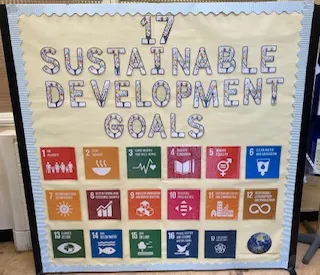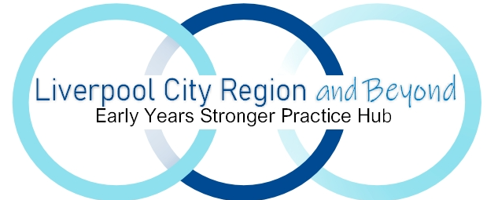By immersing early years children in place-based learning and letting them become part of seasonal experiences, will strengthen their environmental sustainability lens. Children can only become empathetic and caring about their world, if they understand how their world works. A wonderful way to be aware of the seasons is to follow a seasonal calendar. The Royal Horticultural Society (RHS) are keen for children to become gardeners and provide resources to support this process -RHS Crop Planner Additionally, The Horticultural Society provides a month-by-month guide for you to use - Vegetable Planting Guide By Month In The UK | Horticulture
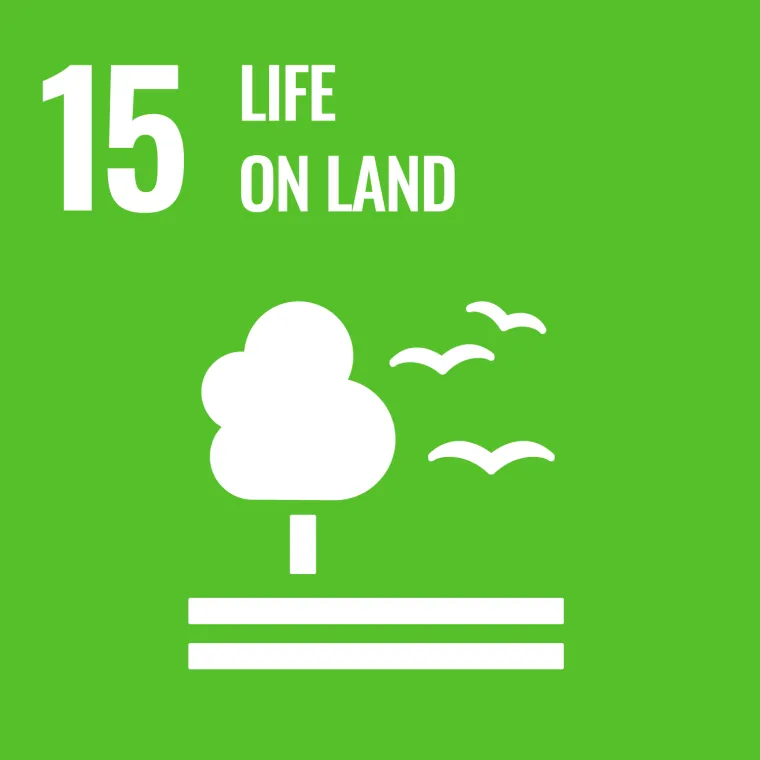
At Everton Nursery School and Family Centre recently the children were very lucky to have an amazing Autumnal experience using a crop of apples. The crop of locally grown apples comprised of Keswick Codling, Ribston Pippin, Ladies Finger of Lancaster, Scrumptious and Egremont Russett. What a wonderful array of names for apples! The children were introduced to the different varieties initially to observe, feel and taste them. This simple sensorial activity will enhance the children’s communication and language development in a holistic and organic way. Consider the language that describes the taste of different apples – bitter, tart, sweet but also some apples seem fluffy to eat, whereas others are hard or crunchy. Apples also come in all shapes and sizes, so this simple activity provides easy opportunities for early numeracy to be developed. As the Education Endowment Foundation (EEF) Early Years evidence store for Communication and Language states, “Vocabulary instruction that explicitly draws pupils’ attention to words, their meanings and their features appears to be effective”. (EEF | Communication and Language)
The bowls of apples inspired Intergenerational conversations that were both cultural and social, allowing children to hear the conventions of a conversation, that reflect social sustainability with parents and grandparents reminising about tradititional October activities with apples. They recalled apple bobbing with apples floating in bowls of water or hanging from string, with the aim of trying to eat them! Research from the EEF Personal, Social, Emotional Development Early evidence store ( EEF | Personal Social and Emotional Development) highlights the importance of showing “children good examples of social communication,” and by listening to these cultural narratives provides such examples for children. Supporting children to repeat the names of the apples tasted or to engage in a conversation about cultural stories will aid “children’s early literacy”, which “is dependent on their oral language skills” (EEF Early Years Evidence Early Literacy)( EEF | Early Literacy).
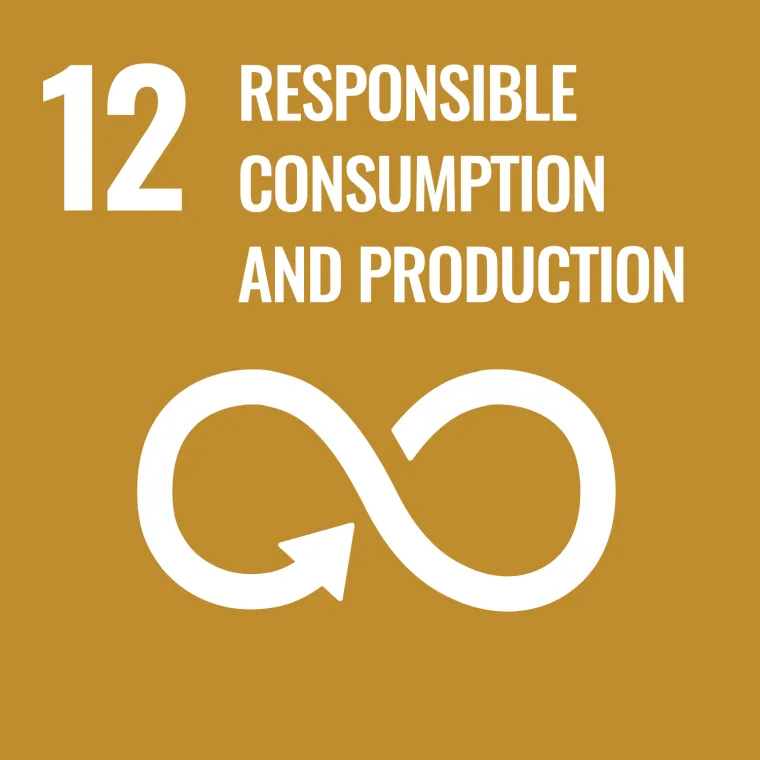
The National Literacy Trust emphasises the importance of quality pedagogical experiences especially in disadvantaged areas such as Liverpool, Birmingham and Manchester where research (Pro Bono Economics) identified that more than a quarter of five-year-olds have low levels of literacy. These authentic teaching moments need to be extended with songs, stories and high-quality conversations revisiting the experiences. Ensure your setting or home has a variety of stimulating books to revisit the experiences and develop their communication and language. Examples here reflect both apples (starting point of original provocation) and the seasonal element of falling apples to collect. Links below.
Hello, World! How Do Apples Grow? : Jill McDonald: Amazon.co.uk: Books
Autumn: 4 (Seasons, 4) : Child's Play, Busby, Ailie: Amazon.co.uk: Books
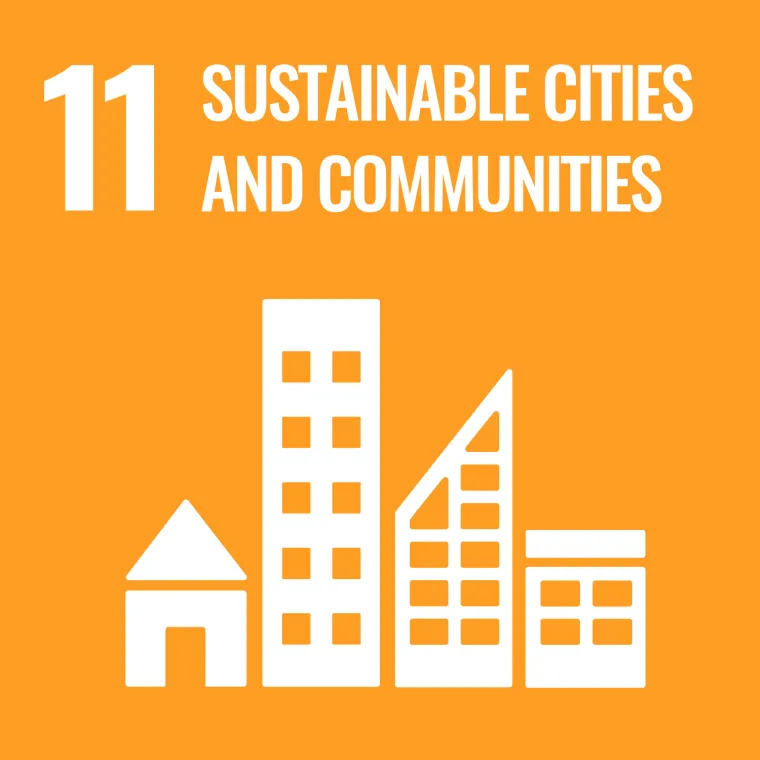
Do encourage parents to visit their local library to extend the language, as research from EEF Early Years Evidence – C&L suggests “shared book reading has often been found to be a useful activity…”. alongside “explicit vocabulary instruction”. This also sustains the local library too for the community.
From an Environmental Sustainability perspective seeing apples that are wonky and not perfect, celebrate the diversity of the natural world, celebrating all things (both human and non-human) are worthy regardless of shape or size (SDG 10 Reduced Inequalities). This also highlights that we must eat all fruit and vegetables regardless of whether they look perfect, encouraging our parents and grandparents to buy the cheaper ‘wonky’ produce in their shops.
The children and their families were invited into the nursery to use real working equipment and press the apples and make freshly squeezed juice. From an economic sustainability perspective, the families had been asked to bring recycled plastic containers to use for their squeezed apple juice. This simple request highlights SDG 12 Responsible Consumption and Production, with children and families seeing how to effectively support the planet by reusing them.
The process of apple pressing was then demonstrated to everyone emphasising the correct terminology of trade and environment. As the EEF Early years evidence store opines for C&L, “the adult models using language to summarise activities” ( EEF | Communication and Language). The parents and grandparents were invited to be an active part of the collaborative process, demonstrating the authenticity of Intergenerational learning as a socio-cultural sustainability approach and resonating with SDG 11 Sustainable Cities and Communities.

The process involved everyone putting apples into either electronic presser, so the children had to stretch up high and aim correctly to place their apples into the open vent. Smaller or less confident children were physically lifted and supported by their key person to aim. This process was enjoyed by the children filling them with excitement. They were told to carefully watch the bottom funnel and see what happens as a result! This is both economic sustainability in action, but also STEM (Science, technology, engineering and Math) learning.

Introducing children in their early years to STEM activities supports their Understanding of the World Specific area (EYFS(DfE,2024) in seeing how materials change. The apple started the process as a round hard matter, then became pulp before finishing as a dark liquid. The colour depended on which variety of apples were pulped. This provides wonderful scientific conversations and consolidates the EEF Early evidence store C&L, which states, “there is strong evidence that teaching and modelling vocabulary to children in the early years can have a positive effect on their oral language skills.”( EEF | Communication and Language).
The children also had the chance to physically crush and press the apples manually too, aligning with the pioneering giants of early childhood, such as Froebel or Steiner, who advocated that children must be physically active developing their hand -eye co-ordination and skills. The EEF Evidence Store for Physical Development( EEF | Physical Development) highlights the importance of children having the “time for play, practise, and repeat an activity”. It also aligns with both SDG 8 Decent Work and Economic Growth and SDG 9 Industry, innovation and Infrastructure.
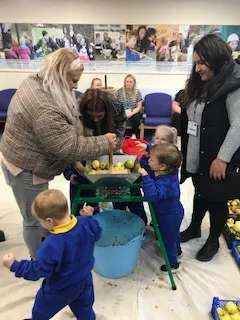
Using the actual tools of apple pressing, also supported their physicality- consider the effort it takes to crush apples in a solid state, to reduce them small enough to be pushed through the juicer! The children shared and worked co-operatively together, enhancing the community spirit. The EEF Early Evidence Store regarding Self -regulation and Executive Function( EEF | Self-Regulation and Executive Function) reminds educators “to scaffold cooperative learning between peers”.
The quality of the practitioner (SDG 4 Quality education) was evident in how they supported the children through the process. Not only did they model the language, but they demonstrated both the action to be completed but also supported the children in repeating the actions themselves physically. The children moved their bodies like the wheels turning in the crushing process and jumped as the apples squashed into the shute. These authentic physical opportunities will extend and develop the whole body especially children from disadvantaged backgrounds, which the EEF evidence store for PD states; “are at greater risk of not reaching expected levels of physical development than their more affluent peers. Evidence indicates that children from disadvantaged backgrounds benefit from educators targeting their movement and handling skills” (EEF | Physical Development).
Songs are a cultural and social way to consolidate both the language and action, drawing on the pioneer Frederick Froebel. His original Mother songs made connections to real life, for example, the rhyme ‘Pat-a-cake’ made links for the children with the corn growing in the fields, the miller grinding the corn, the baker kneading the bread and finally being eaten by the child. Froebel made a seemingly simple song about baking, but the depth and meaningful notions, can be shared with children through song and action (Froebel, 1895; Froebel Trust). You could create your own songs and actions to help children’s holistic development, such as the Apple press rap! Think of the fun they would have recorded it developing their technological skills.
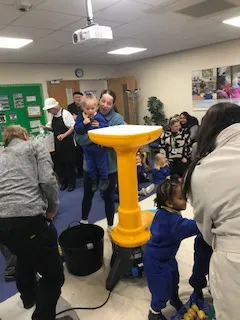
The children were given agency to decide what aspect of the process they wanted to be involved in, with some children preferring to just sit quietly and watch. Quality early childhood education requires educators to know the children in their care, to offer new and exciting pedagogical experiences, but know their boundaries. This is socio-cultural sustainability resonating with the Article 12 of the UNCRC (1989)( Convention on the Rights of the Child text | UNICEF ) which says that “every child has the right to express their views, feelings and wishes in all matters affecting them, and to have their views considered and taken seriously.” There was one little two-year-old boy who did not to want to drink water in the nursery and always needed to be encouraged to stay hydrated. He loved the fresh apple juice and proceeded to drink three lots of the juice. His mum was thrilled as she had never tried apple juice with him before and now had a healthy alternative to offer him, resonating with SDG 3 Good Health and Wellbeing.
Additionally, the kitchen staff were part of the community of apple pressers watching and joining in with the parents and children. Afterwards they took away in recycled bottles fresh apple juice for the lunch time meal, ensuring all children had the opportunity to try freshly pressed juice.
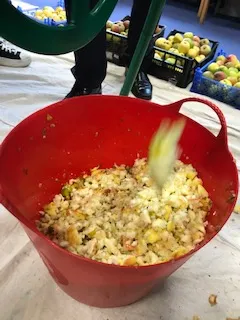
This simple activity of pressing apples reflects all three Pillars of Sustainability and the 17 SDGs. In 2015 the United Kingdom Government signed the Paris Treaty (UNSCO,2015) which positioned the 17 Sustainable Development Goals as an integral part of all policy, curricula and pedagogical experiences (SDG 12.8). At Everton Nursery and Family Centre they are now central in the entrance foyer so parents, carers and Grandparents can become familiar with them. Make them visible and part of your everyday pedagogical experiences.
